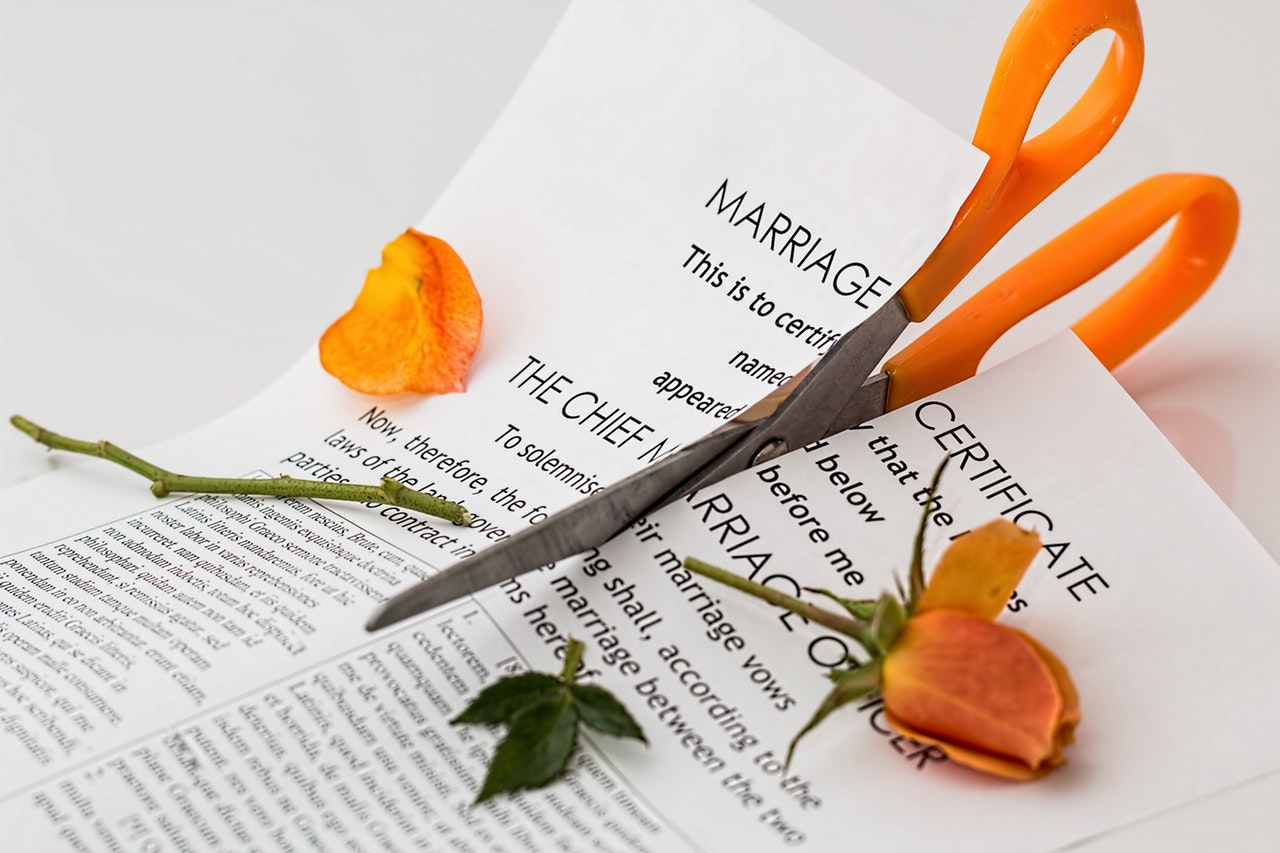Harm Reduction Methods For Helping Those Who Hoard
Compulsive hoarding affects somewhere between 2 and 6% of the US population and can have numerous safety and health consequences if left untreated. The DSM-V defines hoarding behavior as persistently acquiring and refusing to discard items of ostensibly little or no value. Hoarding can be seen as a subtype of obsessive-compulsive disorder, as the compulsive attachment to possessions serves to pacify an underlying obsession or anxiety. Hoarding can result in air quality issues, insect infestations, food contamination, and more. The health effects of hoarding not only impact hoarders themselves but other people in their lives as well. On a larger scale, hoarding can become a public health issue. While hoarding can be difficult to treat, taking small steps to help someone who hoards can remove the immediate danger and help them get healthy enough to engage in effective, long-term treatment.
Food Hoarding Can Cause Accidental Poisoning
Food hoarding is a specific type of hoarding frequently associated with eating disorders, PTSD, and reactive attachment disorders. Food hoarding may develop after a period of prolonged poverty and starvation. Expired foods begin to grow bacteria, making them unsafe to eat and contaminating surfaces on which other food is eaten and prepared. Food hoarding can be especially stigmatized and has deep emotional and psychological roots that make it complicated to treat. While long-term treatment is fundamental, steps must first be taken to keep the person safe. Help them identify just five things they are willing to dispose of in their kitchen and assist in safely removing these items. If someone in your life has a food hoarding compulsion, offer to prepare and share meals with them in your own home, a restaurant, or outdoors, to ensure they eat without the risk of food poisoning.
Hoarding Increases the Risk of Falls and Injuries
Excessive clutter in homes and workplaces can make it challenging to move through these spaces, increasing the chance of falling or becoming trapped. If items are piled high, there is also a risk of being struck and injured by a falling object. Older people or people already living with impaired mobility are at greater risk of injury within a hoarding environment. In workspaces where people need to move briskly and often, like a storeroom, garage, or factory, clutter becomes even more of a safety issue. If you live or work with someone who is a hoarder, it’s important to take time to educate them and offer support, If you cannot convince them to completely dispose of their hoard, negotiate strategies to remove enough clutter to create safe paths and organize their possessions to prevent injury.
Unsanitary Living Conditions Can Cause Allergies and Respiratory Problems
Mold growth and poor indoor air quality are common in hoarding environments. Spaces may become filled so excessively that items begin to block air vents and windows, increasing temperature and humidity. Warm, damp environments are ideal for dust mites, mold, and insects to thrive. To help improve air quality, encourage the removal of items that may be obstructing important points of ventilation, clean air filters, and encourage the use of air purifiers throughout the home.
When someone you care about has a hoarding compulsion, focus on helping them achieve small victories in their recovery. Establishing open communication and educating yourself to understand the motivation behind hoarding is key. While it’s important to be compassionate, it’s also important to prioritize your own health and safety when you’re affected by someone else’s hoarding. With medication and therapy, compulsive hoarding can be effectively treated and people with this disorder can lead healthier and more fulfilling lives.



